For me, gathering on the sewing machine is tedious and frustrating but gathering on the serger is fast and easy. Gathering is made possible by the serger’s differential feed. A setting higher than 1.0 will cause the fabric to ‘bunch up.’
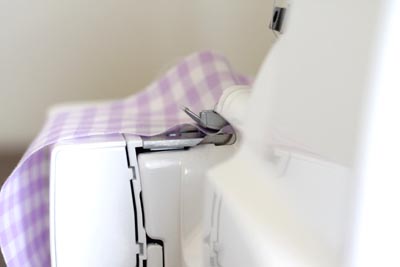
You can use the bunching to create even gathers that won’t shift or pull out.
Ruffles
For ruffles we need to crank up the gathering power on the serger. Each of the following will cause more voluminous ruffles:
1. Increase your differential feed.
2. Increase your stitch length. The longer stitch length gives the fabric more room to ruffle with each stitch.
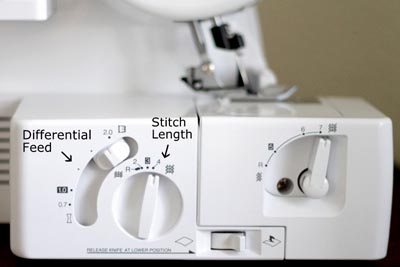
3. Increase your needle tension.
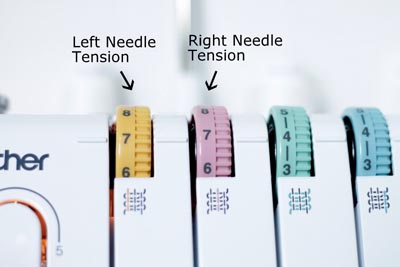
4. Loosen your presser foot. Not all sergers will have this option. Look for a little knob over the presser foot. Some machines may have a digital setting. You can check the manual if you aren’t sure.
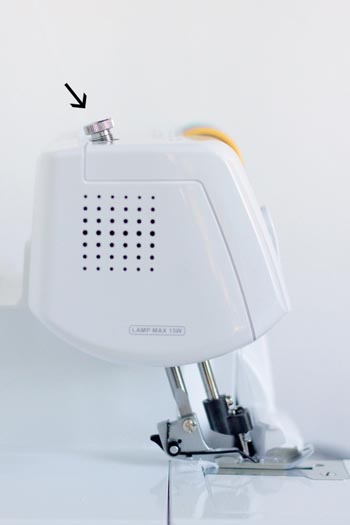
Run your fabric through the machine and watch those beautiful ruffles form.
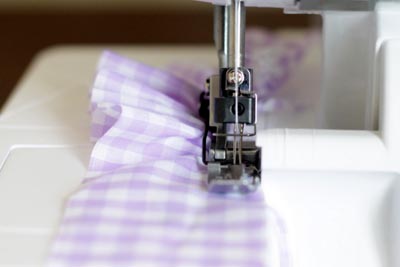
If you find you want fewer ruffles, adjust either the differential feed, stitch length, needle tension or presser foot pressure until you get the desired amount of ruffles. Here are a few examples of the variety you can get.

Now you can attach your ruffles to your project using either a sewing machine or your serger. Remember to change your serger settings back to normal stitching!
You’ll notice that serged ruffles are more evenly distributed and less likely to shift and pull out during the sewing process than those done by sewing machine.
Easing
Easing is like ruffling’s uptight older sister. This technique still uses gathering; but the gathers need to be very even and controlled. Easing is used to sew a seam where two fabrics are different lengths or curvatures. The extra fabric is ‘eased’ into the seam by slightly gathering the longer fabric to match the shorter fabric. Easing is used to set in sleeves, attach bodices to skirts and on some skirt hems. The trick is gathering the fabric so slightly and evenly that no tucks or puckers show on the finished seam; that is where a serger’s differential feed shines.
1. Here are two uneven length strips.
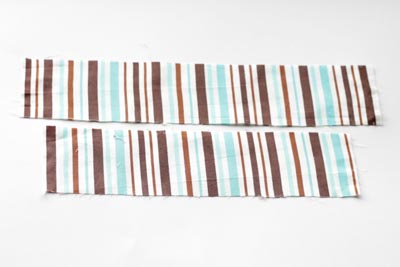
2. For normal sewing the differential feed is set at 1.0. To cause the fabric to gather, increase the differential to 1.5 (increase this number for more ease, if needed).
3. Leave the stitch length and width at normal. Having a normal stitch length will prevent your easing gathers from become tucks or ruffles.
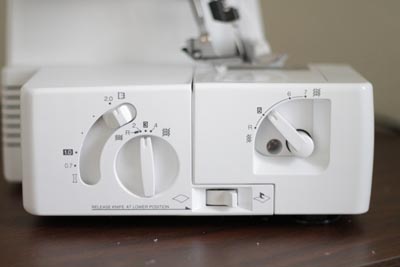
4. Serge over the strip to be eased; making sure to leave a long tail on either end.

5. You’ll see that the fabric is gathered ever so slightly. Compare your eased piece to the fabric you are sewing to. Adjust the piece by pulling on the thread and fabric until it’s a perfect match.

6. Reset your serger’s differential feeding setting to 1.0. Serge both pieces together.
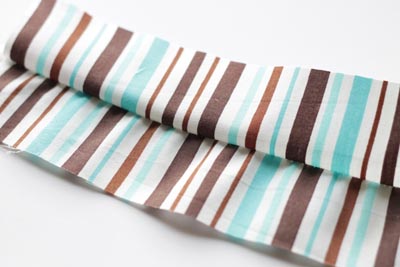
7. Be sure to press your piece to block it into place, especially if it’s a curved piece.
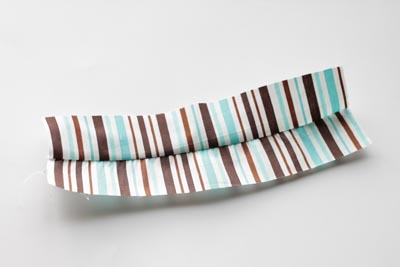
Troubleshooting
Finding the best differential feed setting for a particular pattern and fabric combination takes a little trial and error. If you find yourself consistently having problems, try increasing your differential feed to 2.0 and letting out the gathers until it fits the fabric it’s to be seamed to. This way requires more hand manipulation, but it is sometimes easier than trying to hit on the perfect settings. Now you can say goodbye to basting and pulling bobbin threads on your sewing machine! Happy serging!